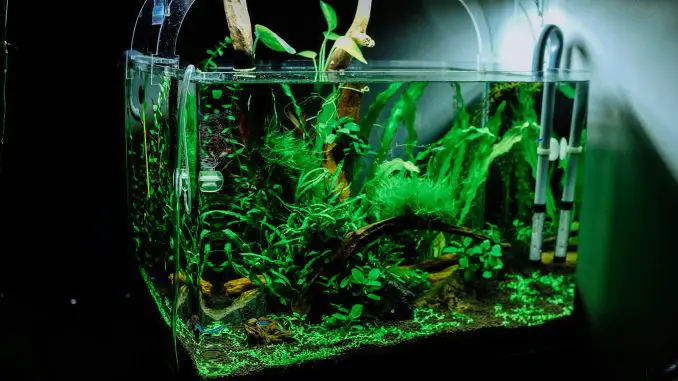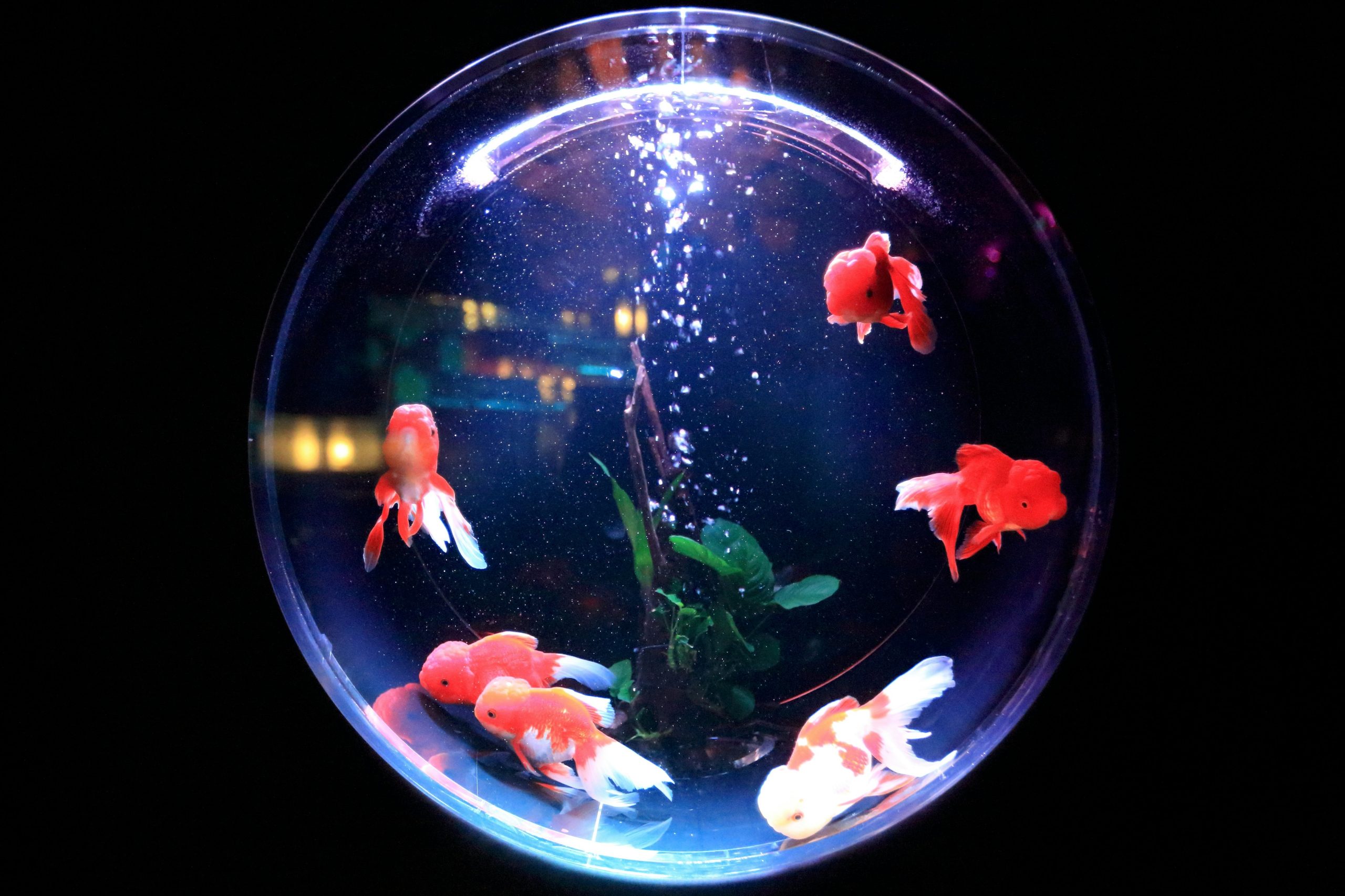
Engaging in hands-on projects is a cornerstone of learning in the biological sciences. For students, constructing a DIY aquarium not only brings the textbook to life but also nurtures an appreciation for aquatic ecosystems. These projects offer a window into the intricate balance of life, providing insights into ecological interactions, species behavior, and environmental conservation. This guide aims to illuminate the path for biology students to embark on their DIY aquarium projects, fostering a deeper understanding of aquatic life and the science that sustains it.
Understanding the Basics
Before diving into the construction of a DIY aquarium, it’s crucial to grasp what constitutes an aquarium ecosystem. Essentially, it’s a self-contained environment that simulates a natural aquatic habitat, housing a variety of flora and fauna in a delicate balance. The three fundamental components of an aquarium include:
- The living organisms (fish, plants, microorganisms).
- The aquarium’s physical structure (size, shape, type of water).
- The equipment (filters, lights, heaters).
Maintaining a balanced aquatic ecosystem revolves around understanding the basics of water chemistry, the nitrogen cycle, and the symbiotic relationships between different species. This knowledge is essential for creating a thriving environment where aquatic life can flourish.
Planning Your DIY Aquarium Project
Project Goals
Setting clear objectives is the first step in any successful DIY aquarium project. Whether it’s exploring the dynamics of a freshwater ecosystem, creating a lush aquatic plant garden, or observing the breeding habits of specific fish species, your goals will guide the scope and design of your project.
Materials and Budget
Gathering the necessary materials is next, which includes tanks, filters, lighting, and aquatic plants or fish. While some items can be costly, there are budget-friendly options and DIY alternatives that can significantly reduce expenses. In this phase, consulting professional term paper writers on biology or aquatic sciences can offer valuable insights into the most cost-effective materials and where to find them, ensuring your project doesn’t break the bank.
Safety Considerations
Safety is paramount, especially when the project involves water and electrical equipment. Always ensure that all electrical installations are waterproof and follow all manufacturer guidelines to prevent accidents. It’s also vital to consider the well-being of the aquatic life you’ll be nurturing, ensuring they have a suitable and safe environment.

Project Ideas and Execution
Freshwater Ecosystem Aquarium
Creating a freshwater ecosystem aquarium is an excellent start for beginners. Begin by setting up your tank with the necessary filtration and lighting systems. Next, select a variety of fish and plant species that thrive in freshwater conditions. Regular monitoring of water quality is essential to maintain the ideal conditions for your aquatic inhabitants.
Aquatic Plant Garden
An aquatic plant garden focuses on the biology and cultivation of aquatic plants. This project emphasizes the importance of light, nutrients, and carbon dioxide in plant growth. Students can experiment with different lighting conditions and nutrient levels to observe their effects on plant health and growth.
Breeding and Life Cycles
For those interested in genetics and reproduction, setting up a breeding tank can be fascinating. Choose a species, research their breeding habits, and set up an environment that encourages reproduction. Documenting the process from mating to hatching offers invaluable insights into the life cycles of aquatic species.
Learning Outcomes and Scientific Concepts
Each DIY aquarium project offers a unique opportunity to explore various scientific concepts. A freshwater ecosystem can illustrate the nitrogen cycle’s critical role in aquatic environments, showcasing how waste products are converted into less harmful substances. An aquatic plant garden might serve as a live demonstration of photosynthesis and respiration underwater.
Engaging in a breeding project can shed light on genetics, reproductive strategies, and developmental biology. Keeping a detailed project journal not only reinforces observational skills but also encourages critical thinking and scientific inquiry.
By tackling these projects, biology students can gain a hands-on understanding of complex biological and environmental concepts, making the learning process both engaging and profound.
Troubleshooting Common Issues
Despite meticulous planning and execution, DIY aquarium enthusiasts may encounter several common issues. Algae overgrowth, fluctuating water parameters, and fish health problems are among the most frequent challenges. Here’s how to tackle them:
- – **Algae Overgrowth**: Limit light exposure and regularly clean the tank walls. Consider introducing algae-eating fish or snails.
- – **Water Parameter Fluctuations**: Regularly test water for pH, ammonia, nitrites, and nitrates. Adjustments may include water changes or adding specific conditioners.
- – **Fish Health Issues**: Ensure proper diet, tank cleanliness, and water quality. Quarantine sick fish to prevent the spread of diseases.
Understanding and addressing these challenges promptly can keep your aquarium healthy and thriving.
Conclusion
DIY aquarium projects offer biology students a hands-on way to explore the complexities of aquatic ecosystems, providing a deeper understanding of environmental science, biology, and the delicate balance of life. Through planning, creating, and maintaining their own aquariums, students can witness firsthand the fascinating interplay of species within aquatic environments and the scientific principles that govern these ecosystems.
Moreover, documenting the journey from conception to realization, including the successes and the challenges, enriches students’ learning experiences. It instills a sense of responsibility and a deeper appreciation for aquatic life and its conservation.
As students dive into these projects, they embark on a journey of discovery, learning not just about aquatic biology but also about problem-solving, patience, and the joy of creating something of their own. For those seeking additional guidance or wishing to perfect their academic writing skills as they document their aquarium project journeys, the best dissertation writing service can offer invaluable support, ensuring their reflections and reports are as polished and informative as the ecosystems they’ve nurtured.
Engaging in DIY aquarium projects thus becomes more than just an academic endeavor; it’s a gateway to lifelong learning and a testament to the wonders of the natural world viewed through the glass walls of an aquarium.


Be the first to comment